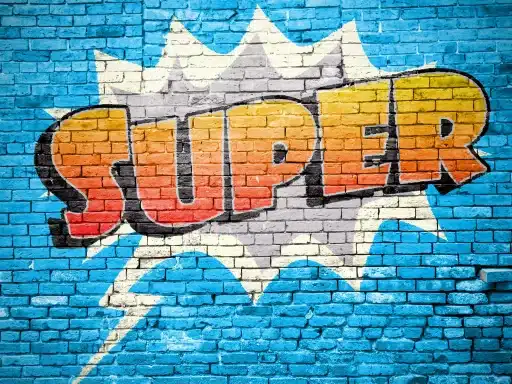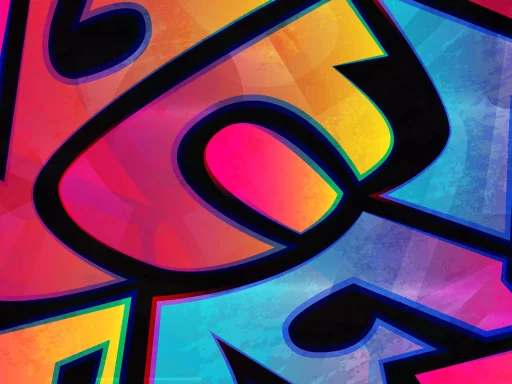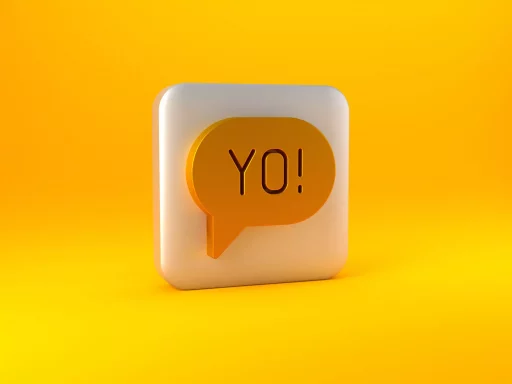Introduction
The term ‘Molly’ has become a common slang word, especially among younger generations and in the music scene. Popularized by various artists, it refers to something that goes beyond its original scientific definition. But what exactly does ‘Molly’ mean in slang? In this article, we will delve into its origins, usage, and cultural implications.
Origins of the Word ‘Molly’
‘Molly’ is a shorthand for ‘molecular,’ and it refers specifically to a form of the drug MDMA (3,4-methylenedioxymethamphetamine). Unlike ecstasy, which is often mixed with other substances, Molly is typically marketed as pure MDMA. The drug is renowned for its stimulant and empathogenic effects, primarily being associated with dance clubs and music festivals.
Cultural Impact and Usage
Molly has been significantly influenced by popular culture. Over the years, many artists have referenced it in their lyrics, which has contributed to its widespread recognition. A few notable examples include:
- “Molly” by Tyga: This song explicitly mentions the drug and draws listeners to the party culture surrounding it.
- “Levels” by Avicii: Though not directly referencing Molly, the song’s association with electronic dance music (EDM) culture indirectly links it to the drug.
- “We Can’t Stop” by Miley Cyrus: This song features imagery related to clubbing, which is often synonymous with Molly usage.
The association between these songs and Molly contributes to its perception as a party drug and highlights the cultural prominence it has achieved.
Statistics on Molly Usage
According to the National Institute on Drug Abuse (NIDA), there has been an increase in MDMA-related fatalities, especially among younger individuals. Here are a few statistics regarding its usage:
- In 2019, around 5.5% of high school seniors reported using MDMA at least once during their lifetime.
- Emergency room visits related to MDMA increased from 8,000 in 2005 to over 21,000 in 2011, underscoring its rising popularity.
- According to a 2020 monitoring report, nearly 30% of ecstasy pills tested by labs contained little to no MDMA.
These statistics reveal a growing trend among youth towards using Molly, further magnified by its portrayal in the media.
Understanding the Risks
While Molly is often promoted for its euphoric effects, it is crucial to understand the potential risks involved. Some of the dangers include:
- Increased heart rate and blood pressure, which can lead to heart attacks.
- Temperature regulation issues, which can result in overheating.
- Possible adulteration with other harmful substances, especially since Molly is not regulated.
Education on the effects and risks of Molly is vital for those who consider experimenting with the substance.
Case Studies: Real-World Consequences
There are numerous case studies that shed light on the repercussions of Molly use:
- The Tragic Death of a Young Raver: A 20-year-old college student died after consuming what he thought was pure Molly during a rave. Autopsy revealed a cocktail of drugs, emphasizing the dangers of unregulated substances.
- Hospitalizations During Festivals: At a major music festival, multiple attendees were reported to have overdosed on Molly. Rapid response teams had to intervene, showcasing the unpredictable effects of the drug.
These cases serve as cautionary tales regarding the risks tied to Molly, which can often be underestimated by users.
Conclusion
The slang term ‘Molly’ evokes a mixture of allure and danger. While popular in cultural contexts and party scenes, it’s essential to realize its implications go beyond just a fun night out. Understanding its origins, usage, and risks can lead to informed decisions. As the conversation around drug culture continues to evolve, the significance of clear and comprehensive education remains as crucial as ever.






